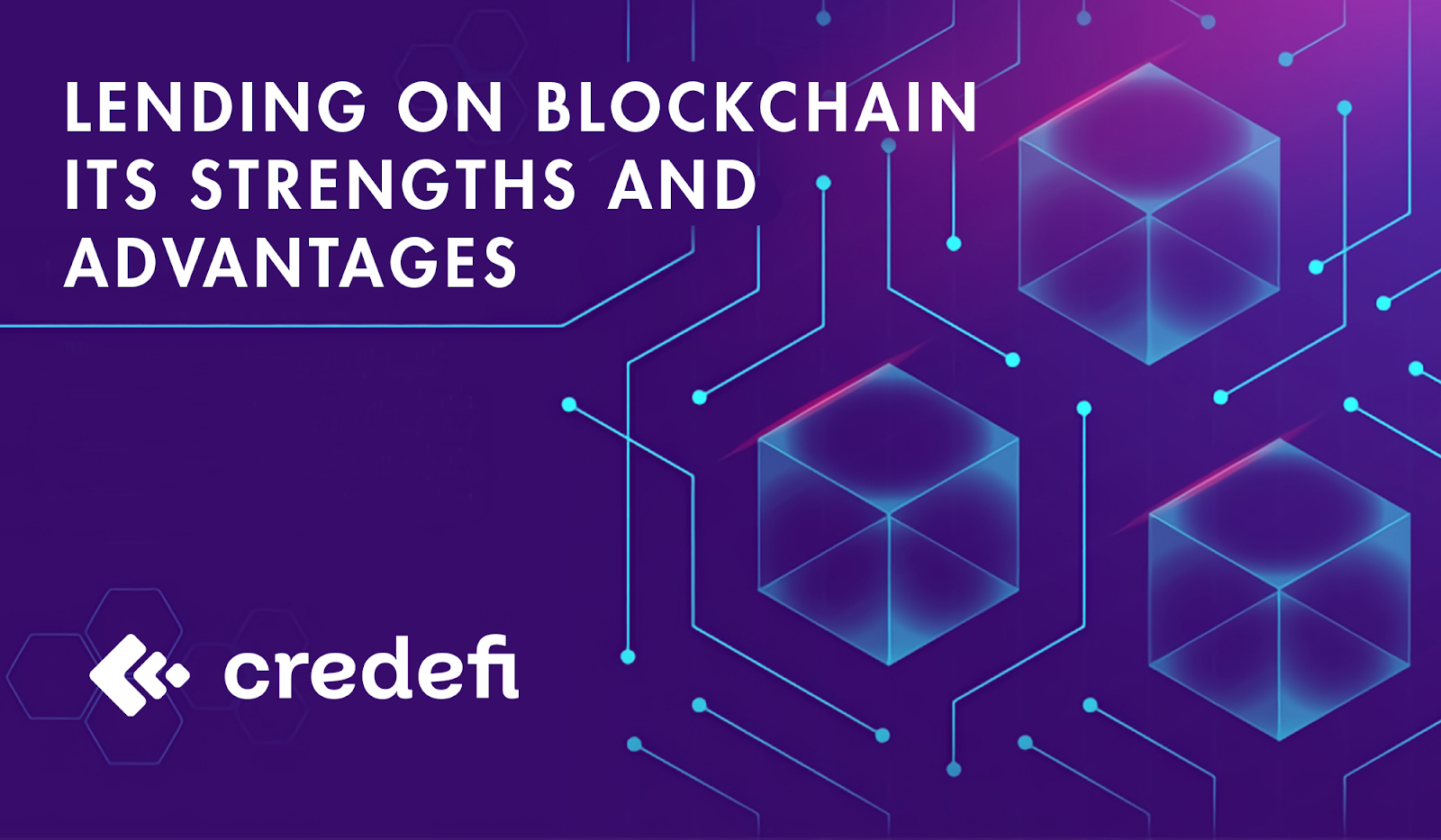
We used to look at banks and other financial institutions as something built for our benefit. However, these institutions, just like any other business, act solely to cover their bottom line. When it comes to providing loans, they will always act to boost their own profit as much as possible.
This leads to SMEs and other users having difficulty accessing the lending market. With that said, small and medium enterprises (SMEs) are considered to be the backbone of emerging markets. They comprise some 95% of businesses all over the world, and employ 65% of the workforce in total. It is estimated that over the next 15 years, SMEs will create 600 million jobs, which makes this market quite attractive.
Lending through blockchain is peer-to-peer, making the whole process smoother and faster. The middleman (bank) is replaced with a decentralized protocol, which connects lenders and borrowers directly. With that said, borrowers get to enjoy competitive prices — the protocol covers the entire world.
Since all transactions are public and verifiable, each address can be assigned a credit score. Each transaction on any given address can be analyzed.
Blockchain allows lending to become much more transparent. The process of providing a loan — from the initial request to the actual payment — happens on the blockchain, which makes it both cheaper and faster.






 Prev. article
Prev. article 